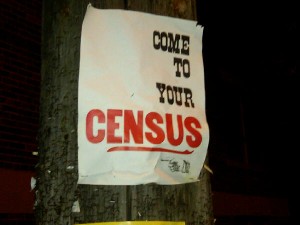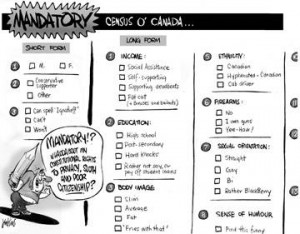Our Chief Statistician Resigned Yesterday. A first for Canada.
Below is his resignation letter which was quickly whisked off the Statistics Canada web site. Much like how Minister Clement removed the Census submission from the Digital Economy Consultation, and then of course there is the entire wiping out of baseline data.
Media advisory: 2011 Census
July 21, 2010
OTTAWA — There has been considerable discussion in the media regarding the 2011 Census of Population.
There has also been commentary on the advice that Statistics Canada and I gave the government on this subject.
I cannot reveal and comment on this advice because this information is protected under the law. However, the government can make this information public if it so wishes.
I have always honoured my oath and responsibilities as a public servant as well as those specific to the Statistics Act.
I want to take this opportunity to comment on a technical statistical issue which has become the subject of media discussion. This relates to the question of whether a voluntary survey can become a substitute for a mandatory census.
It can not.
Under the circumstances, I have tendered my resignation to the Prime Minister.
I want to thank him for giving me the opportunity of serving him as the Chief Statistician of Canada, heading an agency that is a symbol of pride for our country.
To you, the men and women of Statistics Canada – thank you for giving me your full support and your dedication in serving Canadians. Without your contribution, day in and day out, in producing data of the highest quality, Canada would not have this institution that is our pride.
I also want to thank Canadians. We do remember, every single day, that it is because of you providing us with your information, we can function as a statistical agency. I am attaching an earlier message that I sent to Canadians in this regard.
In closing, I wish the best to my successor. I promise not to comment on how he/she should do the job. I do sincerely hope that my successor’s professionalism will help run this great organization while defending its reputation.
Munir A. Sheikh
For more information, contact Media Relations at 613-951-4636
For details on the 2011 Census, see 2011 Census questionnaire.



Comments on Posts